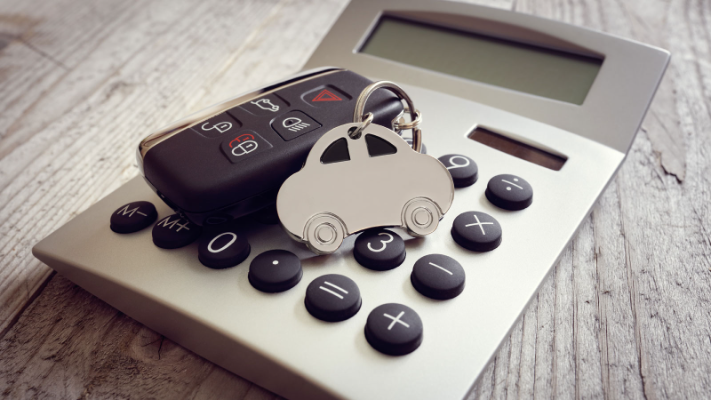Understanding Today's Auto Loan Landscape
The car financing market has evolved significantly in 2025. With the average new car price reaching $48,623, most Americans are financing their purchases through longer-term loans. The typical loan term has extended to 68.48 months, with 72-month loans becoming increasingly common. This shift has major implications for buyers' total costs and financial health.
These longer loan terms might seem attractive due to lower monthly payments, but they often result in significantly higher total interest costs. For example, extending a $43,761 loan from five years to eight years at 4% interest would cost an additional $2,852 in interest payments, despite reducing monthly payments by $272.

The True Cost of Your Car Loan
Interest rates play a crucial role in determining your car's final cost. A seemingly small difference in interest rates can lead to substantial changes in total payments. Consider a $43,761 loan: at 4% interest over five years, you'll pay $4,594 in interest, while at 6% interest, you'll pay $7,000 - a difference of $2,406.
This difference becomes even more pronounced with longer loan terms. The same loan amount over eight years would cost $7,447 in interest at 4%, but jumps to $11,447 at 6% - nearly $4,000 more. Understanding these implications helps make informed decisions about loan terms and rates.

Credit Score's Impact on Your Loan Terms
Your credit score is perhaps the single most influential factor in determining your loan terms. Borrowers with scores above 700 typically qualify for the most competitive rates, averaging 5.25% in 2025. Meanwhile, those with poor credit might face rates as high as 15.77%.
This dramatic difference in rates can translate to thousands of dollars over the life of your loan. For instance, on a $43,761 loan over five years, a borrower with excellent credit might pay $4,594 in interest, while someone with poor credit could pay over $15,000.

Smart Strategies to Secure Lower Interest Rates
Several proven strategies can help you obtain better loan terms. Start by shopping around with multiple lenders, including banks, credit unions, and online lenders. Credit unions often offer rates 1-2 percentage points lower than traditional banks.
Consider timing your purchase during seasonal sales or end-of-year clearances when dealerships offer special financing deals. Additionally, making a larger down payment not only reduces your loan amount but can also help secure a lower interest rate by demonstrating financial stability to lenders.

The Down Payment Advantage
A substantial down payment offers multiple benefits beyond reducing your loan amount. The traditional recommendation of 20% down helps avoid being "underwater" on your loan, where you owe more than the car's value. This is particularly important given that new cars typically depreciate 20-30% in the first year.
For a $48,623 vehicle, a 20% down payment ($9,725) versus a 10% down payment ($4,862) could reduce your total interest payments by over $1,000, even with the same interest rate. It also provides better leverage for negotiating lower interest rates with lenders.

Avoiding Common Car Loan Pitfalls
Many buyers focus solely on monthly payments, leading to costly mistakes. Dealers might offer to lower your monthly payment by extending the loan term, but this typically results in paying thousands more in interest. Another common pitfall is accepting dealer financing without shopping around, potentially missing out on better rates elsewhere.
Watch out for unnecessary add-ons and extended warranties that increase your loan amount. Every $1,000 added to your loan amount could cost an additional $100-200 in interest over the life of the loan, depending on your interest rate and term.

Understanding Loan Amortization
Car loans use simple interest amortization, where early payments go primarily toward interest rather than principal. This front-loading of interest means you build equity in the vehicle more slowly during the first half of the loan term.
For example, on a five-year loan at 6% interest, nearly 70% of your first payment goes toward interest, while only about 30% reduces the principal. This ratio gradually improves over time, but understanding this structure is crucial for making informed decisions about loan terms and early payoff strategies.

Making the Right Choice for Your Financial Future
Consider your complete financial picture when choosing a car loan. While longer terms offer lower monthly payments, they can significantly impact your long-term financial health. A good rule of thumb is to keep your total monthly car expenses (including loan payment, insurance, and maintenance) under 15% of your monthly take-home pay.
Remember that you can always refinance your car loan if interest rates drop or your credit score improves. Stay informed about current rates and your credit standing to take advantage of refinancing opportunities that could save you thousands over the life of your loan.















